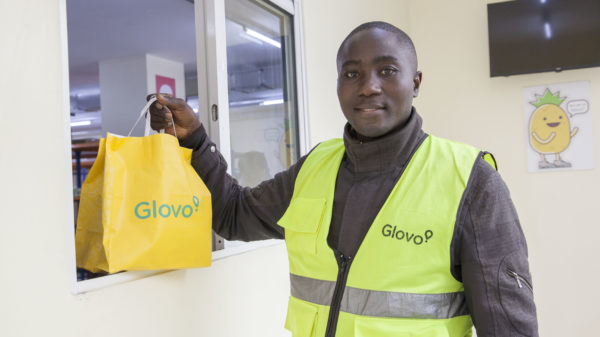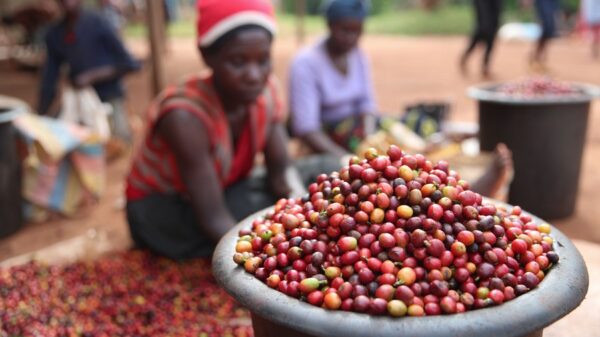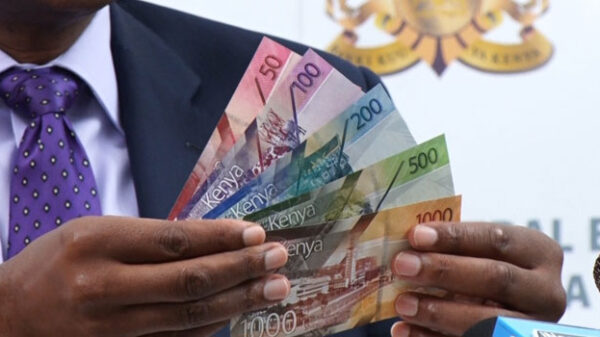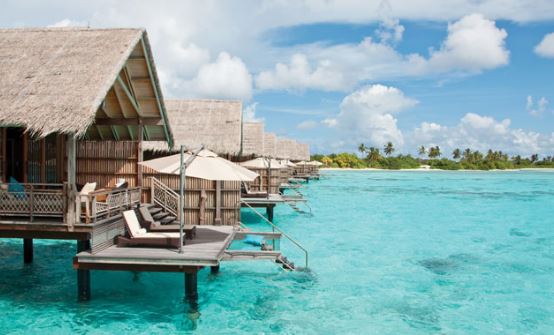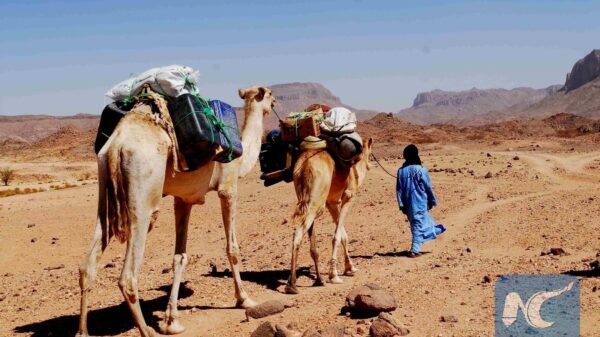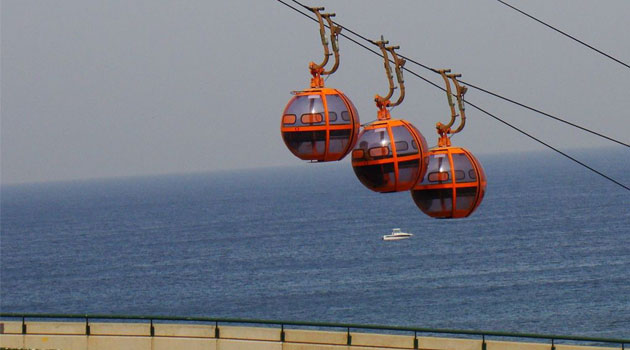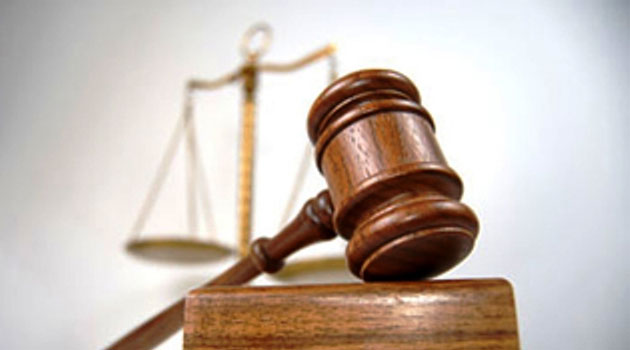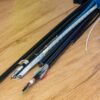Speaking at a stakeholders meeting in Mombasa last week which signed off the project, Musa said the Likoni Cable Car project will help in reducing jams and at the same time boost tourism in the south coast by providing a complimentary pedestrian crossing for Likoni Channel and help address problems of delays.
“With a capacity of 11,000 commuters per hour in both directions, tourists to and from South Coast will no longer be delayed. The infrastructure is also a tourist attraction in itself and offers panoramic views of the entire Mombasa region from 100 metres,” Musa said.
The project is sponsored by Trapos Limited who has contracted Doppelmayr, a Swiss/Austrian specialist company that manufactures chairlifts, cable cars, gondolas, surface tows for ski and amusement parks as well as urban transport systems, to provide project technology; and CFC Stanbic Bank to arrange for project funding.
The project is estimated to cost Sh3.6 billion (USD41 million).
Trapos Limited is expected to conclude a 30 year concession agreement between Likoni Cable Express and contracting authority, Kenya Ferry Services.
It is expected that Trapos Limited would by September 2015 begin the construction of towers, stations and connecting network cables along the route. The project, which will be the pilot and key contributor to the larger Mombasa Integrated Mass Transit Plan, is expected to be fully completed and commissioned by December 2016.
“When the project is commissioned, travel time between the Island and the mainland that takes about 10 minutes, will take less than three minutes; a massive improvement for the people that are commuting between the two points,” he said.
“But even more importantly, the Cable Car system to be built will revolutionise the mass transport system in Mombasa,” Musa said. “By late 2016, we should see the first cable cars running concurrently with the ferries, making for a systematic double of coordinated transport infrastructure. These combined grids will ease transportation logjams that somehow impede economic progress in the South Coast.”
The project, which supports Vision 2030 Section 3.1.3 of Second Medium term objective of delivering additional ferries, will also be the anchor to a Mombasa Aerial Cable Master-plan which will be expanded throughout the region.
The project, when complete is expected to contribute to the region’s economic development including creation of jobs during construction and operations phase, facilitation of increased development in and around the Likoni District, and tax contribution to the exchequer.
“The assets will revert back to Kenya Ferry Services at the conclusion of the concession period,” said Musa, noting that the full transfer of the project to KFS will result in substantial annual revenues for the company, thereby reducing its dependence on the National Treasury.
Kenya Ferry Services was established in 1989 by the Government and has played a pivotal role in linking the island to the mainland south of Mombasa. Unlike the northern side of Mombasa that is linked by bridges at Nyali, Mtwapa Kilifi and Sabaki the south coast depends solely on the ferries.
KFS currently ferries over 300,000 pedestrians and more than 6,000 vehicles daily across the channel.















